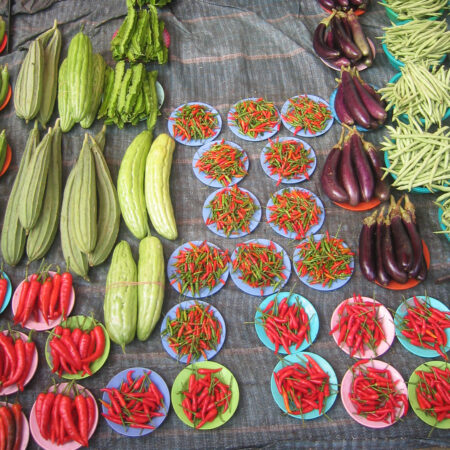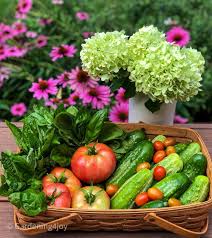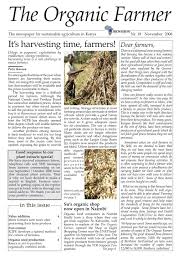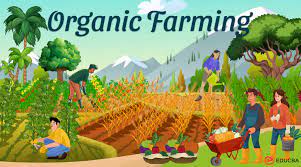
The market is expected to grow at a CAGR of 20.5% in the forecast period of 2021 and 2026 to reach a value of about USD 2601 million by 2026.
Since ancient times, human beings have searched for better ways to fulfill their needs. Farming being one of the primary area of interest and the most important one.
The people in ancient times relied more on natural, organic methods for producing vegetables, grains, etc. but post-18th century. It was an era of mechanisation driven by ever growing need of the rapidly growimg world population.
The explosion in human population led way to reckless use of chemicals that caused serious consequences like soil and water contamination, salinity of soil, soil-degradation, overuse of water, reduction in water-table, etc.
It has also disturbed our food-chain where chemicals used for fertiliser and pesticides. And Our life has been ‘chemicalised’.
Unlike this blind craze for more and more quanitity the organic farming is still mucj focused on providing higher quality yields.
More and more users are attracted today by the health benifits and nutrient rich Organic foods.
The one argualble thing still remains is the amount of yield is yet not equal to the synthetic farming practices, though studies have found that usimg manure in a large amount can increase the yield and make it equal to the level of synthetic farming.
Organic Trade Association (OTA) reported that sales of certified organic products (from both food and fiber) increased a record 12.4 percent to $62 billion in 2020, and surveys show more shoppers than ever care about the environmental impact of their food choices.
The future of organic farming lies in the hands of the consumers choosing environment over affordability though it seems as a bright road ahead, it still has many more hurdles to overcome to become viable for the common farmer and consumer to switch to..









